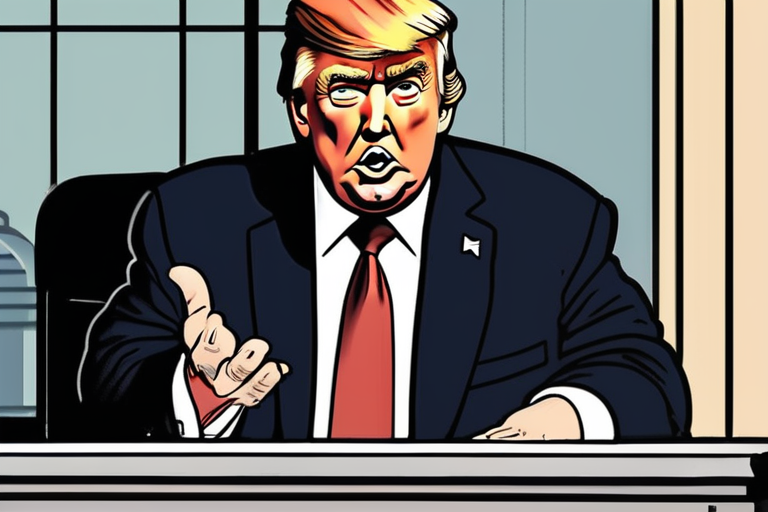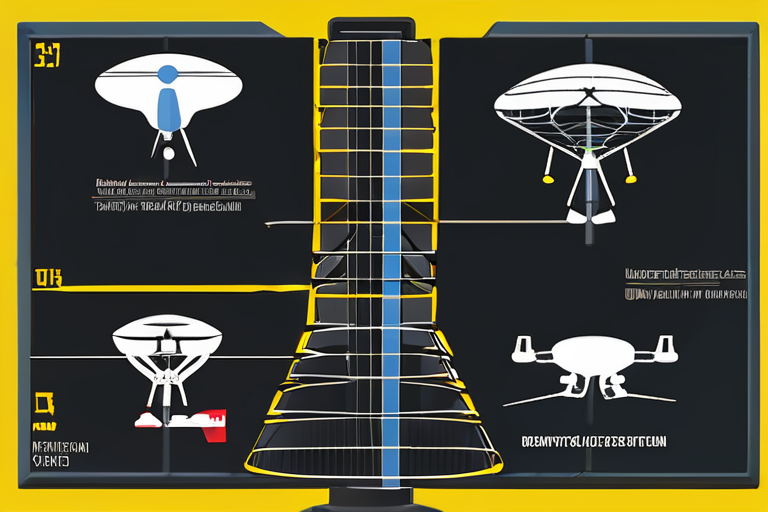Trump Imposes $100,000 Fee on H-1B Visas, Raising Concerns for US Workers and Economy


Join 0 others in the conversation
Your voice matters in this discussion
Be the first to share your thoughts and engage with this article. Your perspective matters!
Discover articles from our community

 Hoppi
Hoppi

 Hoppi
Hoppi

 Hoppi
Hoppi

 Hoppi
Hoppi

 Hoppi
Hoppi

 Hoppi
Hoppi

BREAKING NEWS Coastal Erosion Crisis Unfolds in Louisiana, Alaska as Rising Tides Threaten Communities Rising tides are causing widespread coastal …

Hoppi

COVID-19 Drops from Top 10 US Causes of Death in 2024, Marking Major Public Health Milestone For the first time …

Hoppi

Ukraine's Drone Detection Radar Gets Boost with Simple Software Patch In a significant development, Ukraine has successfully upgraded its drone …

Hoppi

Aug 29, 2025 3:30pm PT My Life With the Walter Boys Love Triangle on Team Alex v. Team Cole She …

Hoppi

Afghanistan Malnutrition: The Mother Who Buried Three Children HERAT, AFGHANISTAN - In a heart-wrenching tale of loss and desperation, Ghulam …

Hoppi

Even Rogers and Max Haot Join the Space Stage at Disrupt 2025 TechCrunch's Disrupt 2025 conference brought together industry leaders …

Hoppi